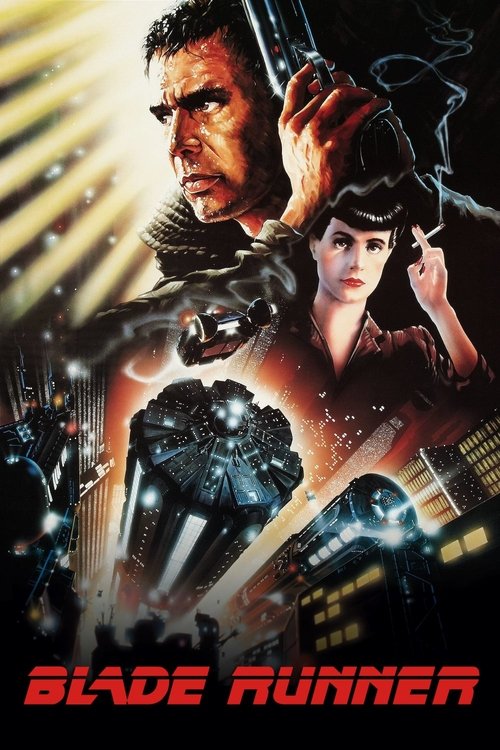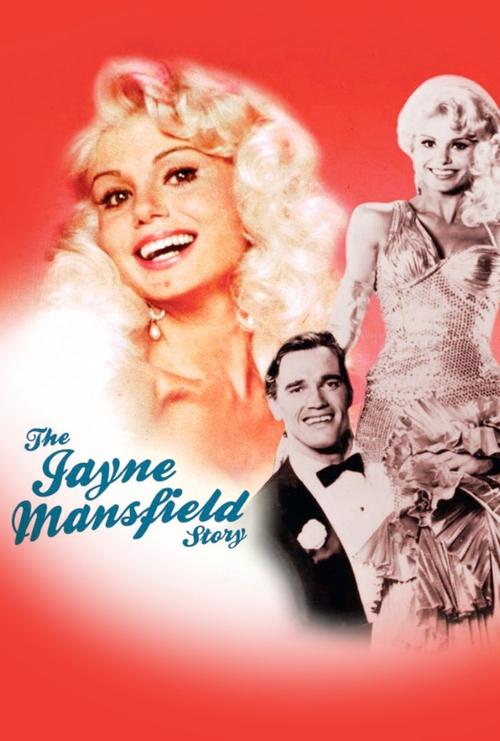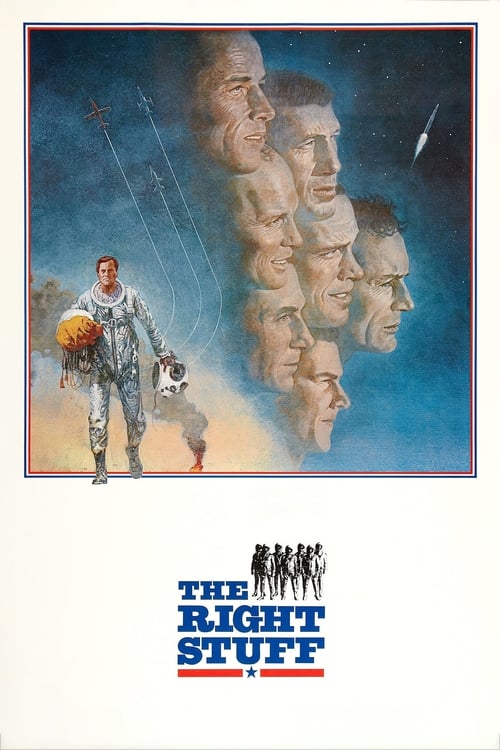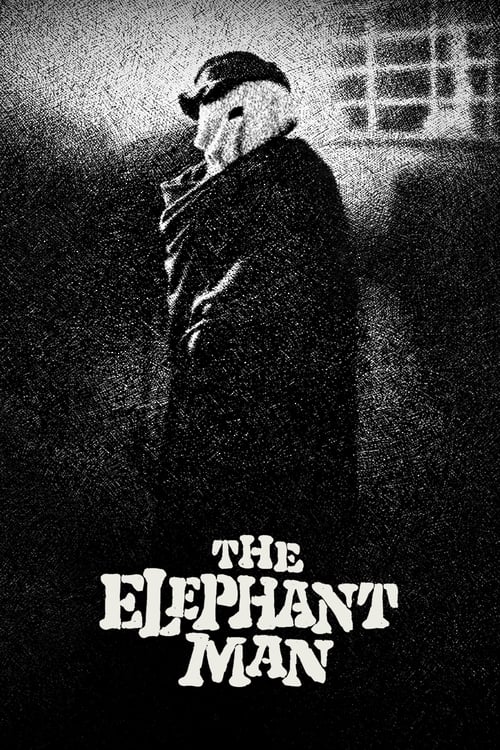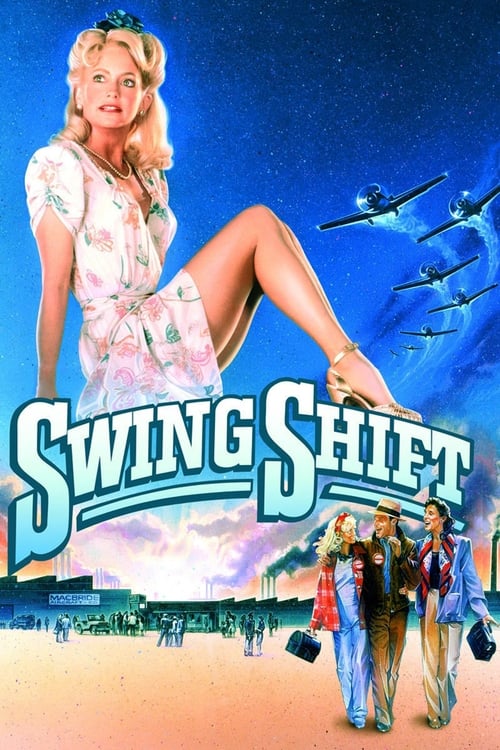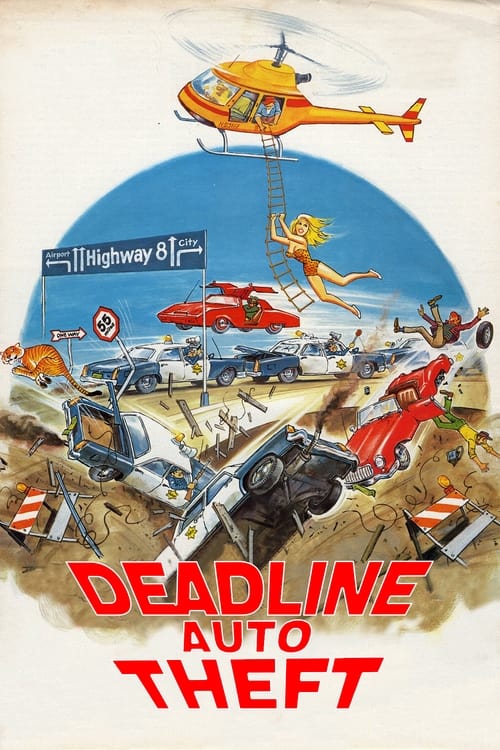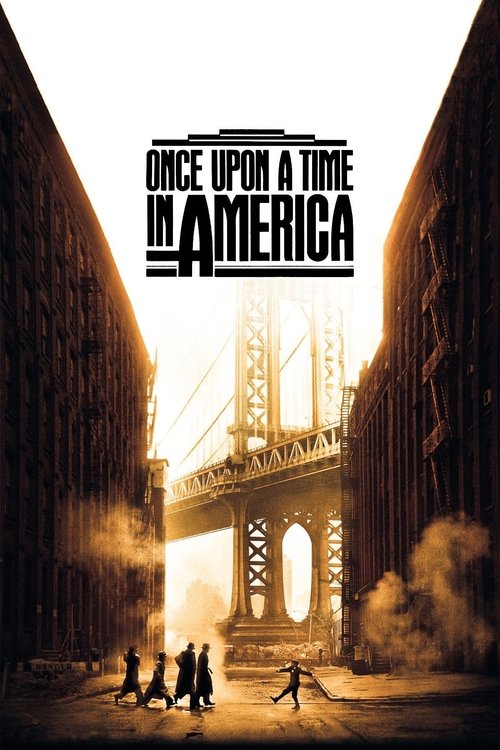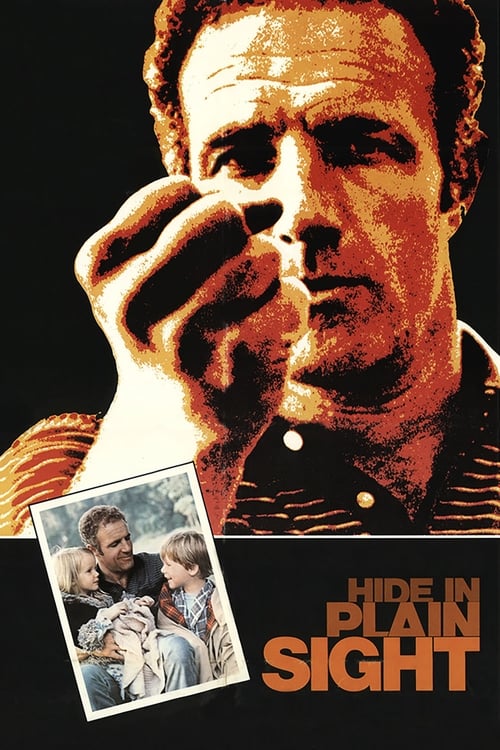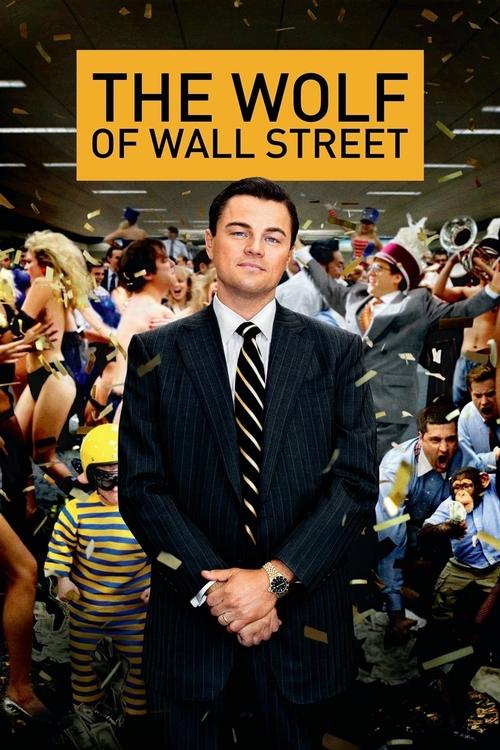
Ask Your Own Question
What is the plot?
The narrative you've requested involves two distinct films: the 1981 drama The Running Man and the 1987 dystopian action film of the same name. Below is a detailed narrative for each film, focusing on the 1981 drama first, followed by the 1987 action film.
The Running Man (1981)
The film begins in a quiet suburban setting, focusing on the daily life of a middle-aged high school teacher. He is a family man, living with his wife and children, but he is internally struggling with his sexual orientation. This conflict is evident in his interactions with his family and colleagues, where he often finds himself caught between societal expectations and his true feelings.
As the story unfolds, the protagonist is shown teaching in his classroom and interacting with students. His public facade is one of normalcy, but in private moments, he grapples with his identity. The tension between his outward life and inner truth creates a sense of duality, highlighted by the contrast between his public and private spaces.
The high school represents his public role, while his family home symbolizes the traditional life he maintains. However, in private spaces like his bedroom or bathroom, he confronts his true feelings and identity. These moments are filled with introspection and self-doubt, as he struggles to reconcile his public image with his private truth.
There are no deaths or violent confrontations in this film. Instead, the story focuses on emotional and interpersonal confrontations. The protagonist's internal struggle with his sexuality is the central conflict, accompanied by tense interactions with family members and colleagues as he grapples with his identity.
As the narrative progresses, the protagonist gradually comes to accept that he is gay. This realization is a major revelation, one that he has long suppressed due to fear of societal rejection. Through reflections and subtle flashbacks, it becomes clear that he has lived a life of denial, hiding his true self from the world.
The film reveals the emotional cost of living a double life and the courage required to embrace one's true self. The protagonist's journey is one of self-discovery, where he must confront his fears and societal expectations. The story does not rely on symbolic objects but instead uses dialogue and character behavior to convey the protagonist's inner turmoil.
The climax of the film occurs when the protagonist reaches a point of emotional breakthrough, accepting his sexual identity. The final confrontations are internal, as he confronts his fears and societal expectations. The last scenes of the film show the protagonist beginning to live more authentically, though the exact details of his future are left open-ended. The closing scenes emphasize personal acceptance and the beginning of a new chapter in his life.
The Running Man (1987)
In the dystopian future of 2017, the United States has become a totalitarian police state following a worldwide economic collapse and resource scarcity. The government maintains control through propaganda and censorship, with the most popular TV show being The Running Man, a state-controlled game show where incarcerated criminals can earn their freedom by surviving as "runners" against lethal "stalkers."
Captain Ben Richards, a cop, is ordered to fire on innocent civilians during a food riot in Bakersfield, California. Refusing to comply, he is knocked unconscious, jailed, and framed for the incident, becoming known as the "Butcher of Bakersfield." Eighteen months later, Richards escapes from a prison labor camp with resistance fighters Harold Weiss and William Laughlin. Although they offer him a chance to join the resistance, Richards is only interested in survival.
Richards travels to his brother's apartment, only to find that Amber Mendez, a composer for the state broadcaster ICS, now lives there, as his brother was taken for "re-education." Richards forces Amber to help him bypass airport security, but believing him to be the "Butcher," she alerts the authorities. After his arrest, Amber sees news coverage falsely claiming that Richards killed several people during the incident and begins to doubt his guilt.
Richards is thrown into a holding cell where he meets Damon Killian, the host of The Running Man, and his bodyguard, Sven. Killian offers Richards a deal: participate in the show, and his friends from jail will be freed. However, Killian puts his friends on the show anyway, forcing Richards to play along.
As Richards prepares to enter the arena, he is introduced to the audience alongside other runners, including Harold Weiss and William Laughlin. The stalkers, including Fireball, Captain Freedom, Dynamo, Buzzsaw, and Subzero, are introduced as formidable opponents. The game begins, and Richards must use his wits and strength to survive.
The first stalker to die is Buzzsaw, killed by Richards using his own chainsaw. This sets the tone for the rest of the game, where each stalker meets a gruesome end at the hands of their own weapons. Fireball is next, dying in a blaze of flames after Richards uses his rocket pack against him. Captain Freedom is killed by a trap set by Richards, and Dynamo is electrocuted by his own electrical powers.
As the game progresses, Richards forms an alliance with Amber, who has begun to question the truth about him. Together, they work to expose the lies behind The Running Man. Subzero, the final stalker, is killed by Richards using his ice skates.
In the climax of the film, Richards confronts Damon Killian, who reveals that he has been manipulating the game all along. Richards kills Killian by forcing him into the game's own machinery, which explodes, killing him. With Killian dead and the truth about the show exposed, Richards and Amber escape, and the totalitarian regime begins to crumble.
The film ends with Richards and Amber walking away from the ruins of the game show's studio, symbolizing their victory over the oppressive system. The final scene shows a glimmer of hope for a better future, as the people begin to question the government's control and the truth about The Running Man is finally revealed.
What is the ending?
In the ending of "The Running Man," Ben Richards confronts the corrupt system that has manipulated the game show for its own gain. After a series of intense confrontations and battles with the show's deadly stalkers, he ultimately exposes the truth behind the show to the public. The film concludes with Richards and his allies escaping, while the corrupt host, Damon Killian, meets a fitting end.
As the climax of "The Running Man" unfolds, Ben Richards, portrayed by Arnold Schwarzenegger, finds himself in a desperate race against time and the deadly stalkers of the game show. The scene is set in the grand arena, where the audience is electrified by the spectacle of violence and survival. Richards, having already outsmarted several of the show's brutal hunters, is determined to bring down the corrupt system that has turned human lives into entertainment.
In the final confrontation, Richards faces off against the show's host, Damon Killian, played by Richard Dawson. Killian, who has been the face of the brutal entertainment, is confident in his control over the situation. However, Richards, fueled by a mix of anger and a desire for justice, manages to turn the tables. He reveals the truth about the game show to the audience, broadcasting the corruption and manipulation that has been hidden from the public eye. This moment is pivotal, as it shifts the perception of the game from mere entertainment to a reflection of societal decay and moral bankruptcy.
As the broadcast reaches the viewers, the audience in the arena begins to turn against Killian. The tension escalates as Richards, with the help of his allies, including the resourceful Amber Mendez, played by Maria Conchita Alonso, fights to escape the clutches of the show. The stakes are high, and the atmosphere is charged with adrenaline as Richards battles the remaining stalkers, showcasing his physical prowess and strategic mind.
In a dramatic turn of events, Richards confronts Killian directly. The host, who has reveled in the power he holds over life and death, finds himself cornered. In a moment of poetic justice, Richards delivers a final blow, sending Killian to his demise, a fitting end for a man who thrived on the suffering of others. The audience, now fully aware of the truth, erupts in chaos, signaling a shift in the power dynamics of the show.
As the dust settles, Richards and Mendez make their escape, symbolizing hope and resistance against a corrupt system. The film closes with a sense of triumph, as the protagonists have not only survived but have also ignited a spark of rebellion among the viewers. The fate of the main characters is clear: Richards and Mendez emerge as survivors, having fought against the odds, while Killian's fate serves as a cautionary tale about the dangers of unchecked power and the exploitation of human life for entertainment. The ending leaves the audience with a lingering sense of the fight for justice and the potential for change in a broken society.
Is there a post-credit scene?
The Running Man, produced in 1981, does not have a post-credit scene. The film concludes with a climactic showdown and resolution that wraps up the story without any additional scenes after the credits. The final moments focus on the protagonist, Ben Richards, as he confronts the corrupt system and ultimately seeks justice, leaving the audience with a sense of closure regarding his journey.
Who is the main character in The Running Man and what motivates him throughout the story?
The main character in The Running Man is Ben Richards, portrayed by Arnold Schwarzenegger. He is a former police officer wrongfully convicted of a massacre he did not commit. His primary motivation throughout the story is to clear his name and seek justice against a corrupt system that has imprisoned him. As he is forced to participate in the deadly game show, his determination to survive and expose the truth drives his actions.
What role do the 'Stalkers' play in The Running Man and how do they impact the main character?
The 'Stalkers' in The Running Man are the show's deadly competitors, each with their own unique skills and personas. They are tasked with hunting down and killing the contestants, including Ben Richards. The Stalkers, such as the sadistic Buzzsaw and the agile Fireball, create a constant sense of danger and urgency for Richards. Their relentless pursuit forces him to rely on his wits and physical prowess, heightening the tension and stakes of the game.
How does the character of Amber Mendez contribute to the plot and Ben Richards' journey?
Amber Mendez, played by Maria Conchita Alonso, is a fellow contestant who initially appears to be a potential adversary but ultimately becomes an ally to Ben Richards. Her character adds depth to the narrative as she grapples with her own motivations and the moral implications of the game. As they work together to survive, Amber's growing trust in Richards and her willingness to defy the oppressive system highlight themes of resistance and solidarity.
What is the significance of the game show's format and how does it affect the characters' actions?
The game show format of The Running Man is a brutal spectacle where contestants must evade the Stalkers while the audience watches for entertainment. This format creates a high-stakes environment that forces characters to make split-second decisions for survival. The pressure of the live audience and the media's manipulation of the narrative influence the characters' actions, pushing them to either conform to the show's expectations or rebel against it, as seen in Richards' defiance.
How does the character of Damon Killian serve as an antagonist in The Running Man?
Damon Killian, portrayed by Richard Dawson, is the charismatic host of The Running Man and serves as the primary antagonist. His character embodies the corrupt and exploitative nature of the entertainment industry, reveling in the violence and chaos of the game. Killian's manipulative tactics and his desire for ratings drive him to orchestrate events that put Richards and the other contestants in peril, showcasing his moral depravity and the lengths he will go to maintain control over the show.
Is this family friendly?
The Running Man, produced in 1981, is not considered family-friendly due to several potentially objectionable or upsetting scenes and aspects. Here are some elements that may be concerning for children or sensitive viewers:
-
Violence and Gore: The film features intense action sequences, including hand-to-hand combat and the use of weapons. There are scenes of bloodshed and injury that may be disturbing.
-
Death and Fatality: The premise revolves around a deadly game show where contestants face lethal challenges, leading to the death of characters. The portrayal of these deaths can be graphic and unsettling.
-
Dystopian Themes: The film presents a bleak future where society is controlled by a totalitarian regime. The oppressive atmosphere and themes of surveillance and manipulation may be distressing.
-
Intimidation and Fear: Characters experience significant fear and anxiety as they navigate the deadly game, which may evoke feelings of tension and unease.
-
Mature Language: The dialogue includes strong language and adult themes that may not be suitable for younger audiences.
-
Psychological Manipulation: The film explores themes of betrayal and manipulation, which may be complex and unsettling for younger viewers to understand.
These elements contribute to a tone that is more appropriate for mature audiences rather than children.








